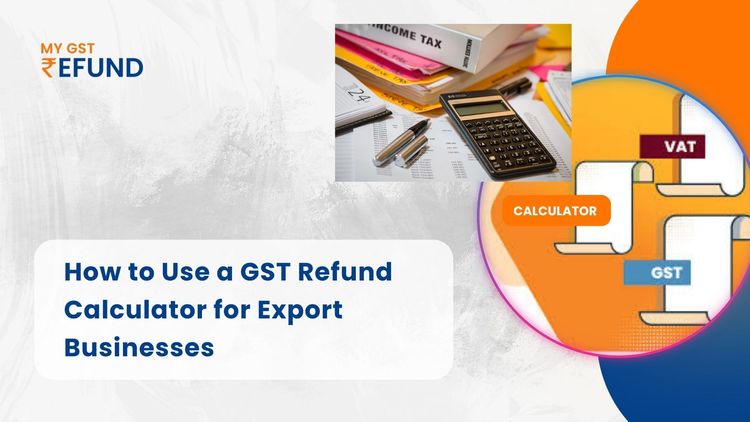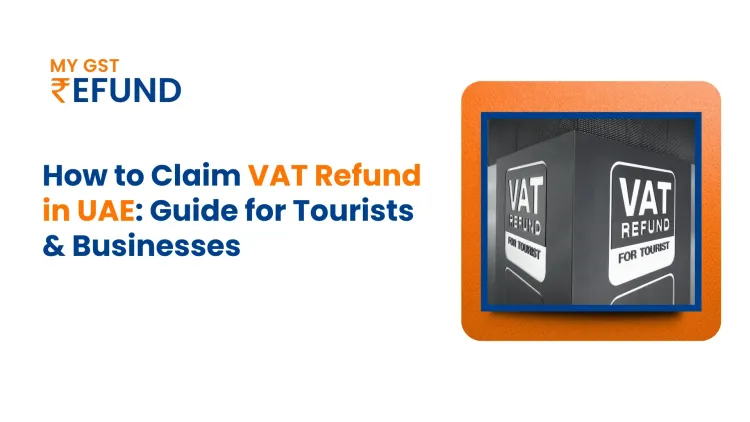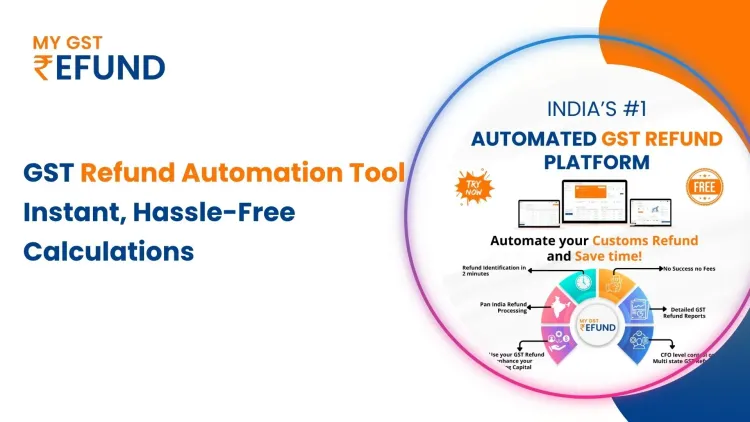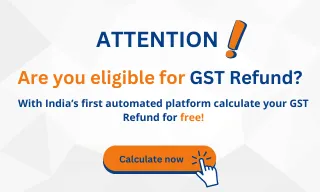Input Tax Credit Rule 36(4) of CGST Rules.
Published on: Tue Jan 17 2023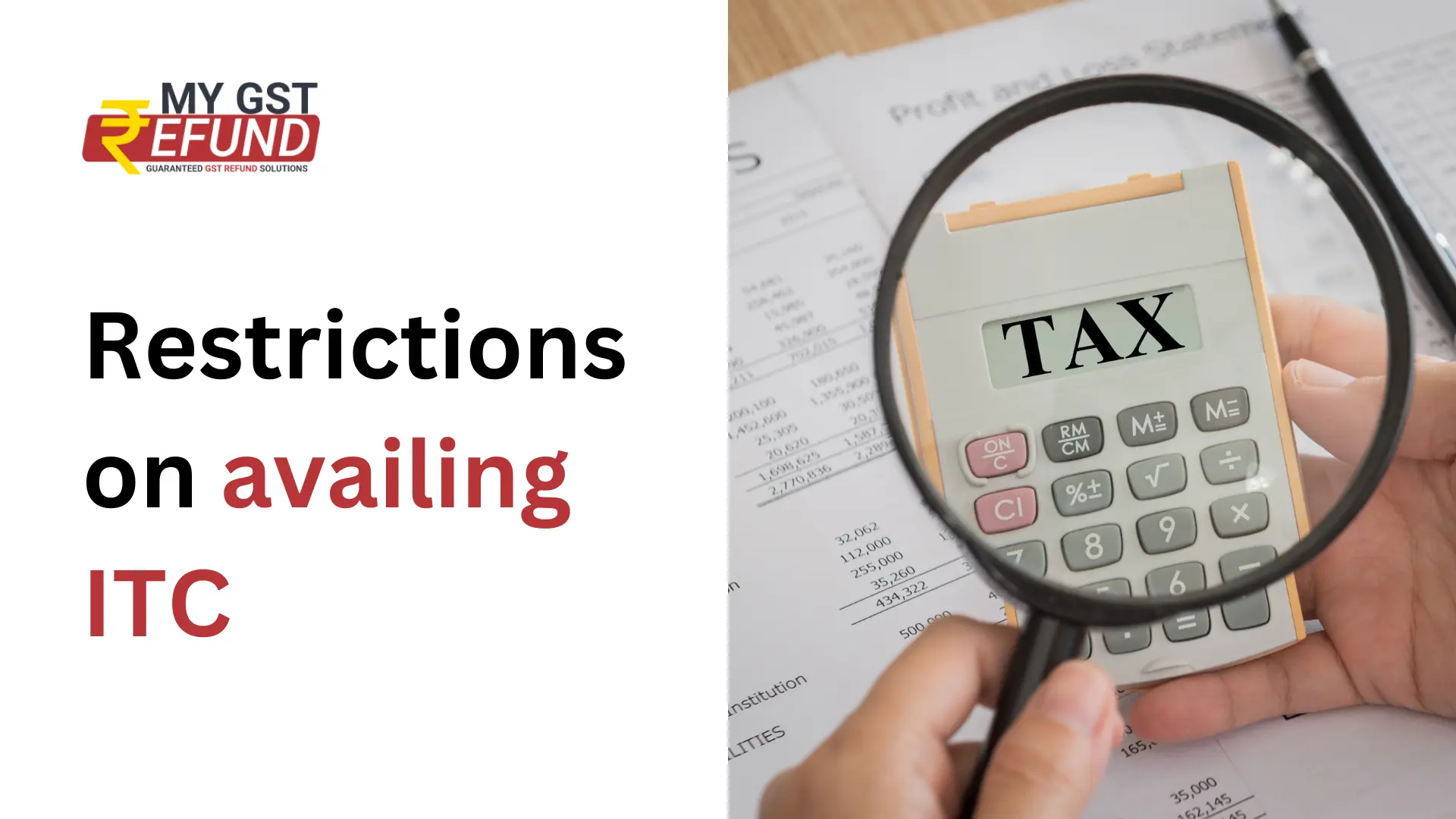
Rule 36(4) has been the most discussed topic in GST parlance nowadays. Input Tax Credit which was introduced in GST as the biggest reform in Indirect Taxation was exploited by some people with malicious intent and the consequences of which is now borne by Innocent Taxpayers with the Introduction of Rule 36(4) through which various restrictions are made for availing Input Tax Credit. Let’s understand what is Rule 36(4) and what are the changes made to it over the period.
Introduction:
First let’s Understand what Rule 36(4) states:
No input tax credit shall be availed by a registered person in respect of invoices or debit notes the details of which are required to be furnished under sub-section (1) of section 37 unless,-
| (a) | The details of such invoices or debit notes have been furnished by the supplier in the statement of outward supplies in FORM GSTR-1 or using the invoice furnishing facility; |
|---|---|
| (b) | the details of [input tax credit in respect of] such invoices or debit notes have been communicated to the registered person in FORM GSTR-2B under sub-rule (7) of rule 60.] |
As per the said rule:
Input Tax Credit can be availed by a registered person only in respect of those invoices and debit notes:
- The details of which have been furnished by the supplier under Section 37(1) i.e. GSTR-1, &
- The same is reflected in GSTR-2B of the recipient.
Amendments over time
Rule 36(4) has been amended from time to time wherein govt. initially allowed provisional Credit over and above the Credit as appearing in GSTR-2A/GSTR2B through Various notifications as follows:
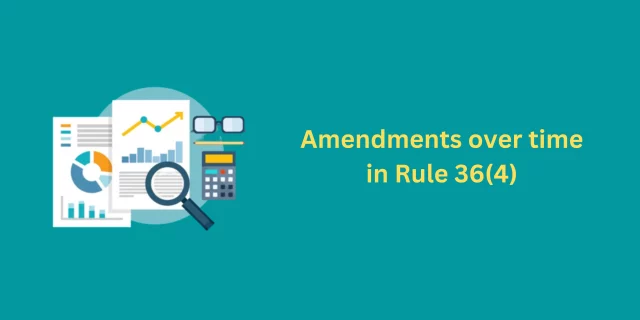
| Notification No. | % of Provisional ITC over and above GSTR-2A/GSTR-2B | Effective Date |
|---|---|---|
| 49/2019 dt.09/10/2019 | 20% | 01/10/2019 |
| 75/2019 dt.26/12/2019 | 10% | 01/01/2020 |
| 94/2020 dt. 22/12/2020 | 5% | 01/01/2021 |
| 40/2021 dt. 29/12/2021 | 0% | 01/01/2022 |
Practical Situation: Considering the amendments in the above table over some time, though there was an option to avail provisional Credit but considering the practical difficulties, people were reluctant to take effect of Provisional Credit in their ITC work considering various ambiguities and Complexities because if in case there is Excess Claim of Credit then Interest is charged @ 24%. But since w.e.f. 01/01/2022 govt. has scrapped the Provisional Credit and now only the Credit as reflected in GSTR-2B can be claimed.
ITC outside the purview of Rule 36(4):
- ITC under Reverse Charge Mechanism subject to Section 17(5) (including RCM on Import of Service), which is availed based on Self Invoice.
- ITC on Import of Goods, which is availed based on Bill of Entry.
- Re – Availment of Credit under Rule 37.
- ITC is distributed by Input Service Distributor as the same is reflected in GSTR-6A.
- Re – Availment of Credit based on Annual Calculation of Rule 42.
To Read Our Detailed Blog on Input Tax Credit Click Here…
Impact of Rule 36(4) on Different Stakeholders:
As we know that everything comes with Pros and Cons of its own for a different set of people. In our case, the interested stakeholders are Govt. and Taxpayers. Let’s try to understand the Impact of Rule 36(4) on both parties:
Impact on Government:
- Timely and More Accurate filing of GSTR-1 by a registered person due to the Matching process followed by their Respective Recipients.
- No Fake ITC in the industry because of the Matching Process and other Stringent Compliances.
- Increase in Revenue.
Impact on Taxpayers :
- Increased burden of Matching Individual Invoices of Purchases with the Respective Supplies as reported by the Supplier.
- Adverse Impact on the Working Capital because there will be more outflow of Cash if in case there is non-compliance or say late reporting of Invoices/Returns by their respective suppliers.
Practical Difficulties in Implementation:
- Quarterly Return Filers: If in a purchase is made from a registered person who has opted for Quarterly Filing of GSTR-1 will file their return every quarter. Consequently, the Registered Recipient will not be able to take the Credit of Inputs for nearly 4 months regarding such purchases and will hurt Working Capital Requirements.
- Refund for Unutilized ITC: If in case the Registered person is not able to take a seamless Credit of Inputs and if the rate of Inputs is higher than the rate of Output then at the time of Filing of GSTR-3B they will have to discharge their liabilities in Cash. Therefore, when the ITC gets credited to their Electronic Credit Ledger then they will have to go through the Refund Process which again involves various compliances as per Section 54.
- Increased Burden of Reconciliation: After the introduction of Rule 36(4), taxpayers will have to incur extra Cost and Time in reconciling their Purchases with respective supplies as reported by the supplier. Now there can be various issues in this reconciliation which are as follows:
- Incorrect GSTIN of Recipient
- Difference In Value
- Mismatch in Invoice no.
- Reporting in B2C instead of B2B
- Non-reporting of Invoice in GSTR-1
Considering the above issues now Recipient will have to take follow-ups from the supplier regularly which could end up in dispute and affect their business relations with the Supplier even though tax may have been deposited to govt. by the supplier but ITC could not be availed by Recipient.
- Cost of Blocked Working Capital: Despite paying tax to the supplier, the recipient will not be able to take Input Tax Credit if there is any non-compliance on the part of the Supplier and will have to discharge his output tax liability in Cash, consequently blocking the Working Capital till the time Invoice is not reflected in GSTR-2B.
Validity of Rule 36(4)
As per Section 16, the following basic conditions need to be satisfied:
- The recipient is in Possession of a Valid Tax Invoice
- Goods/Services have been received by the Recipient
- The supplier has deposited the tax to the govt.
- Returns have been filed by the recipient
Though the filing of returns is in the hands of the Recipient but whether tax is paid by the Supplier is not in his hands. The Supplier must take tax from the Recipient and deposit it with govt. and that is why it is called Indirect Tax. If the supplier does not deposit tax to the govt. even after collecting the tax from the recipients, ideally Supplier should be penalized and not Innocent Recipients who have duly paid the taxes to the Supplier.
From the above analysis, it can be said that Rule 36(4) is valid for the govt. but for Innocent Taxpayers, it seems to be very harsh and Stringent.
It is rightly said that the Input Tax Credit which was considered a Blessing for Businesses at the time of the Introduction of GST is now considered a Curse with continuous changes being made by Govt. GST law is becoming more and more complex over time, as compared to what was expected to be a Good and Simple Tax.
Are you Looking for a GST Refund Service? If your GST application is rejected, Mygstrefund.com offers GST refunds on business, exports, and many more. Get in touch with us today.
Related Posts


